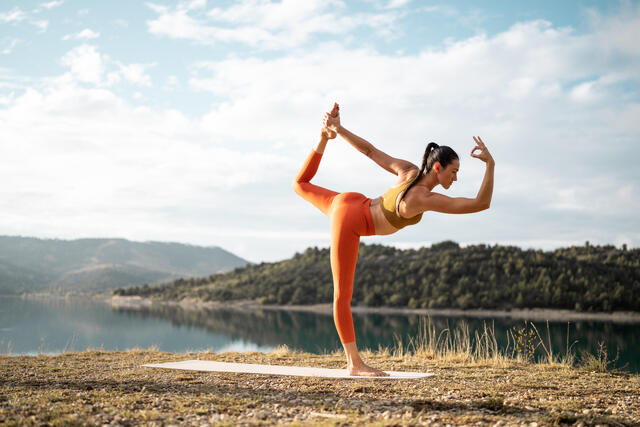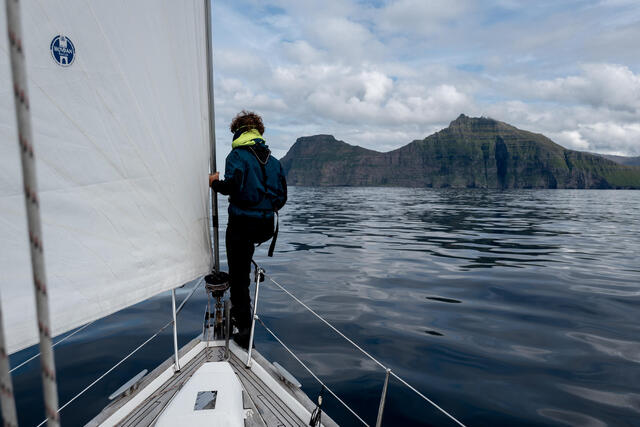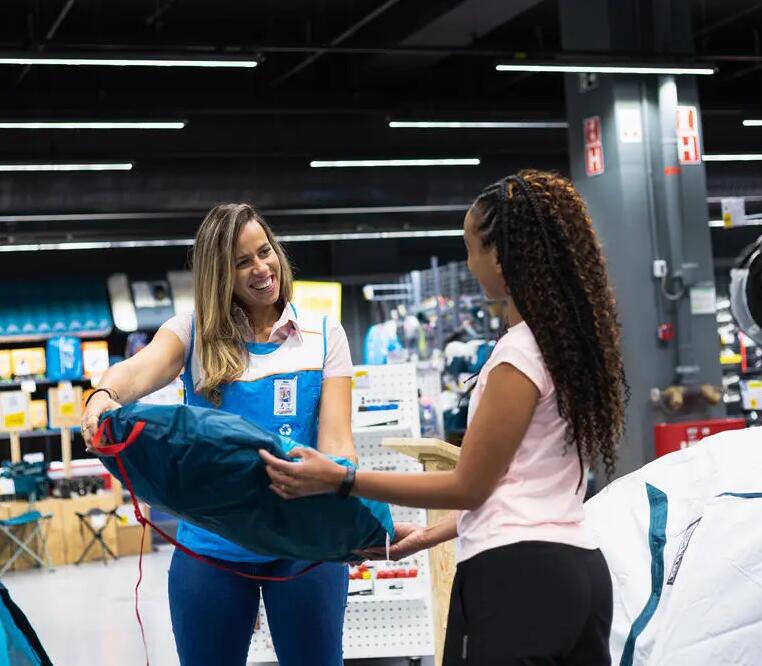Why should we shop second hand?
Second hand shops are becoming more and more popular nowadays, and not only because of the vintage trend. We like to declutter and avoid the accumulation of unwanted clothes. And we also want to know our pre-loved goods aren't going to waste and ending up in landfill. So if you're someone who prefers to live the minimalist lifestyle, then our Decathlon product rental scheme is the best way for you to save on space, money and resources. Perfect for hiring bulky seasonal sports equipment that would otherwise be gathering dust in storage during the off-season.
Until the mid-19th century, second hand clothing was a vital way of acquiring clothes. And it was only through industrialisation, mass production, and increased incomes that the general public was able to buy new rather than used clothing.
Now, a second hand goods customer is often extremely cost-conscious and is concerned about the impact the production of new goods and the disposal of unwanted goods has on the environment. But in fact, there are so many reasons to shop second hand.
Buying second hand is enjoyable: Hunting through charity shops and car boot sales can be so much fun! Discovering lots of unique pieces and finding that hidden gem can give you a real buzz - and you never know what treasures you might find.
It will save you money: Used items are usually a fraction of the price of a new item. There are plenty of bargains to be had in secondhand shops and on pre-loved websites, with many items only being worn once or used a handful of times. And selling your unwanted items can make you some money too while decluttering your home.
You can get up-to-date tech: When buying electronics, always consider secondhand or refurbished items. Refurbished phones will have been inspected and repaired, meaning you’ll be getting up-to-date tech at a reduced price and without such a high environmental impact. You’ll often usually get a warranty too.
Second hand goods are better quality: Older items from decades ago, particularly clothes and furniture, are quite often better quality than a lot of what you can buy new today. That’s because the focus was more on quality over quantity, and things were made to last. Better quality materials were used, and items were often handcrafted or made in small batches rather than mass-produced. So, why buy a cheap, low-quality replica of a classic 70s piece from a high-street retailer when you can get your hands on an original item for a fraction of the price?
It’s more sustainable to buy second hand: When you buy a used item, you are saving on all the resources it took to make that item. Did you know it takes 2,700 litres of water to produce the cotton needed to make a single t-shirt? A t-shirt from a charity shop doesn’t have that environmental impact.
Reusing promotes a shift to a circular economy: If we want to create environmental sustainability for future generations, we need to work towards a circular economy. Currently, goods are produced, used a few times, and then often thrown away. These end up in landfill, or they pollute our natural environment. A circular economy means everything is reused, repaired, and recycled.
Second hand can be unique: Ever met up with a friend and been wearing the same outfit? Or turned up to a party, only to see someone else in the same dress as you? If we’re all buying from the same shops on the same high streets, then it’s going to happen at some point. Vintage items can be quirky, unique and beautiful. And chances are, if you find something you love, it will be one of a kind. Why not fill your home with quality antique furniture that compliments your style? Your vintage dresser is more likely to become a talking point than that mass-produced coffee table.
It’s easy to shop second hand: With charity shops all over the country, and pre-loved websites like eBay, Vinted, and DePop, it’s easier than ever to buy second hand. You also have pawnbrokers, antique jewellers, used car dealerships, car boot sales, and vintage markets. And many retailers, including Decathlon, now have their own second hand initiatives. Find out more about buying sports equipment through Second Life.
You can give something back: By buying second hand, you could be supporting a charity or a small business. Even if you’re just buying from individuals on eBay, you’re helping someone clear out their wardrobe and giving their unwanted clothes a good home rather than buying new from a corporate giant.



















